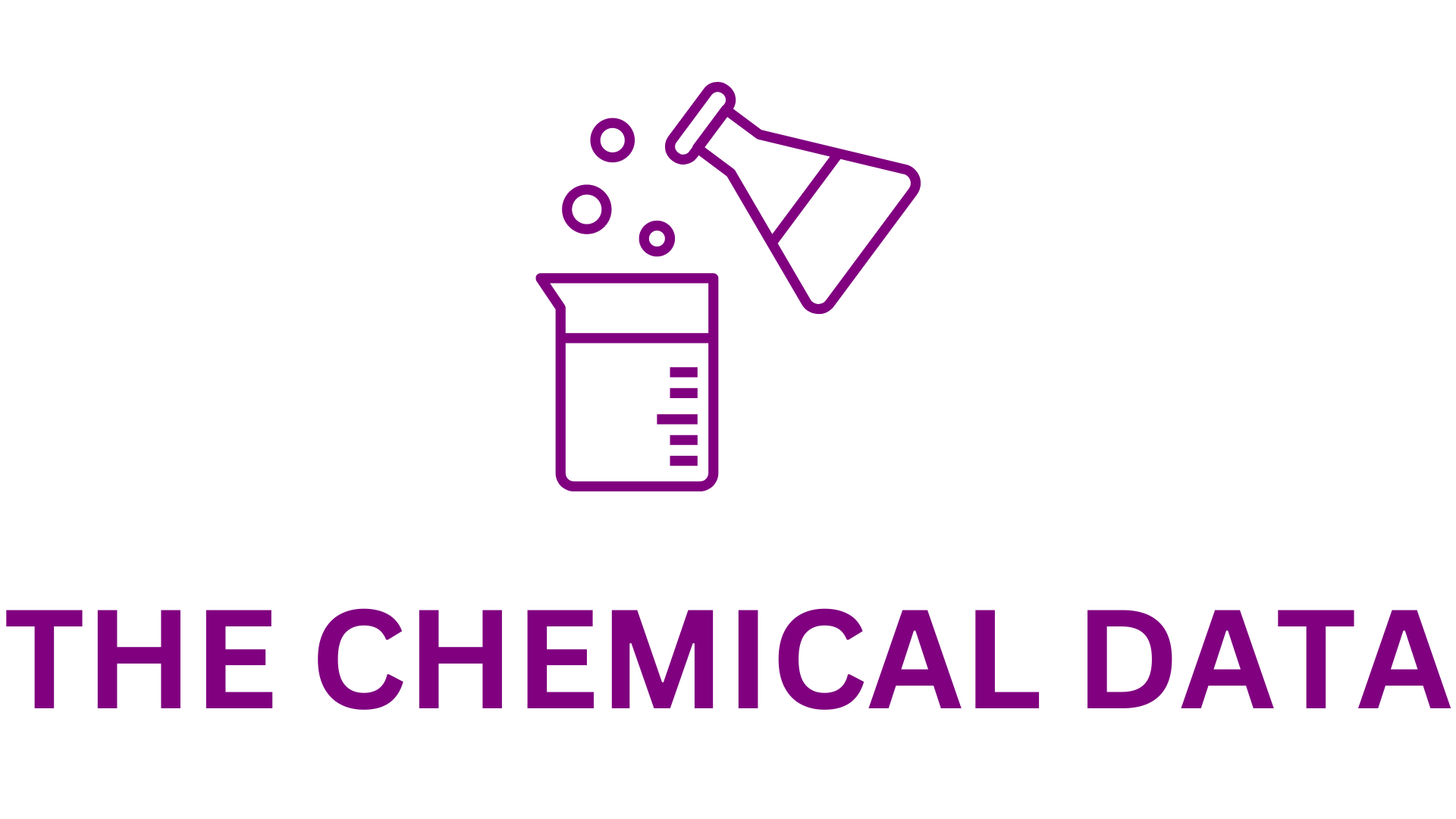
Today, Yara International celebrates the official opening of its renewable hydrogen plant at Herøya, Norway. The plant marks a significant achievement as Yara begins producing renewable hydrogen and ammonia, with the first tonnes of fertilizers made from renewable ammonia already delivered.
“This is a major milestone for Yara and for the decarbonization of the food value chain, shipping fuel, and other energy-intensive industries,” said Svein Tore Holsether, President & CEO of Yara.
Norwegian Prime Minister Jonas Gahr Støre inaugurated the 24 MW renewable hydrogen plant at Herøya Industrial Park, the largest of its kind currently operational in Europe. The hydrogen production, achieved through electrolysis of water using renewable energy, replaces natural gas and is expected to annually reduce CO2 emissions by 41,000 tonnes at the site.
“This project is groundbreaking and underscores our commitment to responsibly feed the world while protecting the planet. I extend my thanks to our dedicated employees who worked tirelessly to launch this cutting-edge production, Enova for their project support, our partners, and pioneering customers like Lantmännen, who are leading the way towards a sustainable future,” added Holsether.
The low-carbon footprint fertilizers delivered are part of Yara’s new portfolio, Yara Climate Choice, designed to enhance crop productivity while supporting efforts to decarbonize the food value chain and mitigate climate impact. Alongside electrolysis-based fertilizers, Yara plans to incorporate low-carbon ammonia produced with carbon capture storage (CCS) into its portfolio.
“Renewable ammonia is crucial for decarbonization, though scaling it requires time. As we approach 2030, we’re advancing low-emission ammonia production with CCS to support the hydrogen economy and emerging markets,” noted Hans Olav Raen, CEO of Yara Clean Ammonia.
Yara recently signed a binding CO2 transport and storage agreement with Northern Lights, the world’s first cross-border CCS initiative. This agreement aims to reduce annual CO2 emissions by 800,000 tonnes from ammonia production at Yara Sluiskil. Additionally, Yara is evaluating one to two world-scale low-carbon ammonia production projects with CCS in the US.
“The urgency to achieve the Paris Agreement goals demands action on multiple fronts, with CCS playing a pivotal role in rapid and profitable decarbonization. The green transition necessitates investments, predictable regulatory frameworks, extensive renewable energy deployment, technological advancements, and a mature market. Companies prioritizing these areas will gain a competitive edge,” emphasized Holsether.
Yara, having reduced emissions by 45% since 2005, is committed to delivering scalable, profitable decarbonization solutions with renewable energy and CCS. This strategy aims to benefit shareholders, customers, employees, and society at large.
The hydrogen produced at Yara’s plant is utilized in ammonia production, which in turn is pivotal for fertilizer manufacturing and as a viable shipping fuel. Ammonia also serves as an efficient carrier of energy and hydrogen.







